
'The ocean provides a model to accommodate change and unpredictability, to sway back and forth between, and ultimately to transcend, numerous disciplines,' writes curator Stefanie Hessler in her essay 'Tidalectic Curating' (2020). Proffering a radical premise for an alternative artistic practice, one that looks towards an aquatic, rather than telluric, form of posthumanism, Hessler invokes a term first coined by Barbadian writer and poet Kamau Brathwaite to describe a singular ontology linked to the ocean's tidal movements - in his words, 'the ripple and the two tide movement', which leads, above all, to a rejection of 'the notion of dialectic' (and its three-part structure of thesis, antithesis and synthesis). More importantly, Brathwaite's thinking allows for a construction of identity that moves away from traditional anchors in time and place, to propose a new, fluid form that crossed oceans and continents. It's this thesis that thinkers and curators like Hessler gravitate towards. As she says, by following the thought of Brathwaite one may find oneself immersed in a hybrid worldview... from the oceans, with their surfaces... as much as in their depths'.
This story is from the Summer 2022 edition of ArtReview UK.
Start your 7-day Magzter GOLD free trial to access thousands of curated premium stories, and 9,000+ magazines and newspapers.
Already a subscriber ? Sign In
This story is from the Summer 2022 edition of ArtReview UK.
Start your 7-day Magzter GOLD free trial to access thousands of curated premium stories, and 9,000+ magazines and newspapers.
Already a subscriber? Sign In
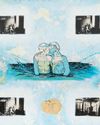
"One day this boy..."
How David Wojnarowicz gave me life
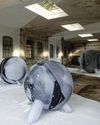
Art Encounters Biennial My Rhino is Not a Myth: art science fictions
Various venues, Timişoara 19 May-16 July
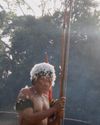
Southern Discomfort
A series of upcoming biennials promise to explore the art of the 'Global South'. But what does that mean? And is the term of any practical use?
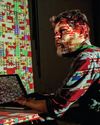
Casey Reas
Crypto has crashed and burned, but NFT visual culture is the better for it, and here's why, says the pioneering artist and programmer
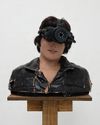
Isabelle Frances McGuire
Through kitbashing and the hacking of readymades, an artist explores what digital visual culture might look like in material form

No pain, no gain?
What's primary about Matthew Barney's SECONDARY

Fine Young Cannibals
A spate of recent glitzy films have asked us to eat the rich. But what, asks Amber Husain, are we really swallowing?
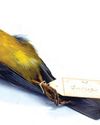
Mutant Media
Animation and gaming design studios aren’t just for entertainment, claims Jamie Sutcliffe, they’re a geneticist’s lab for producing our spliced bio- cybernetic future

Midcareerism
What's an artist to do when no longer dewy and not yet long in the tooth? Martin Herbert surveys the options, none of them pretty
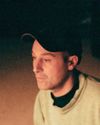
Diego Marcon
\"In general when I work, it's not like I'm looking for something and I find moles, it's more like moles find me, they pop up. I don't know why, I just try to remain open to these kinds of visit\"